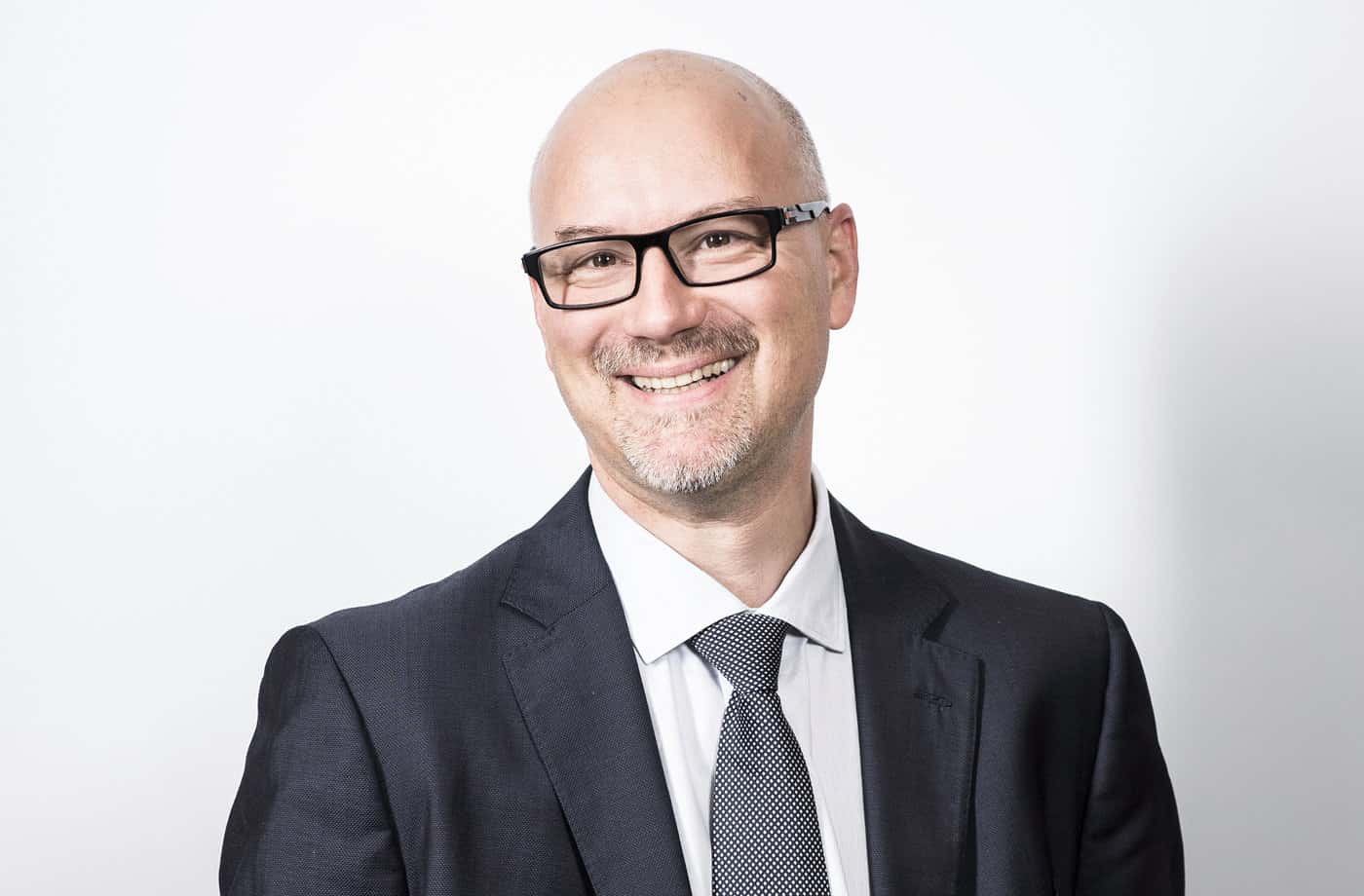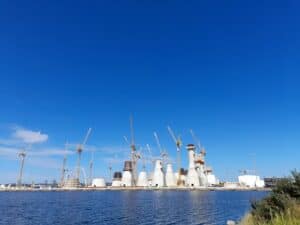
Data and digital as decision-making aids with the Lab TP
3 minutes of reading
Formerly known as Tunnel Lab, the Lab TP is now expanding its range of innovations. Nicolas Braud, Director of Lab TP, Innovation, Digital and Big Data at Bouygues Travaux Publics, presents the development of his missions with his team.

What are the changes resulting from the transition from Tunnel Lab to Lab TP? Introduce us to the Lab TP.
Nicolas Braud (N.B) – For two years now, we have been moving away from the Tunnel Lab to address broader issues, such as nuclear power plants, offshore engineering, wind turbine bases, etc. The Lab TP is now made up of three teams, dealing respectively with engineering, digital and data. The benefit of the data science part, with the creation of software such as Quick Connect, is that we can respond more quickly and more appropriately to the problems of construction sites. The public works sector in which we work is highly mechanised, which means that a huge amount of data can be collected. This data is then used for production: building faster and more safely. Today our areas of activity are much more varied. We continue to work on tunnels, of course, with requests for metro lines, but we are also developing a whole range of services for nuclear power plants, offshore construction sites, wind farms and a variety of other projects. We have to be very agile and adaptable because no two construction sites are alike.How does data fit into business lines and construction sites?
N.B. – The team’s objective is to start from the customer’s requests and those of employees on the construction site and to support them. We do not innovate just for the sake of innovating; first and foremost, we have to solve a problem with a solution that can be quickly deployed quickly in the field. For example, we are currently supporting an offshore wind turbine project in Fécamp. This is a major project, with 71 wind turbine bases to be built, each measuring 250 metres in height. The workers on the construction site quickly identified a problem of crane saturation and a need for additional cranes. Using the data collected on these cranes (their positioning, movements, periods of use and rest), we were able to make a diagnosis: the solution to the problem did not lie in increasing the number of cranes on the construction site but rather in reducing interference and unnecessary movements. By optimising the positioning of cranes and their use, it is possible to increase productivity tenfold while reducing losses. We carried out the analysis over one working week, in order to have enough data to make generalisations. Some areas were affected by overlaps, with sometimes more than 4 cranes in the same area, causing mutual interference. Therefore, it is not enough to simply increase the number of cranes on the construction site; it is rather a question of better organising their deployment on the ground. When information is received from the construction site, it is up to us to identify the core of the problem and to make a diagnosis.What are the next steps for the Lab TP?
N.B. – We are currently working a lot on carbon and offshore engineering issues. With Fécamp, we have been able to deploy numerous innovations in data and digital for the offshore sector. We now have to make these products sustainable and generalise them in other projects, whether nuclear, tunnels or other works. With regard to carbon, the challenge is major. For the moment, we are mainly focusing on plastic materials and the energies used on a construction site. We need to identify alternatives to plastics, particularly bioplastics, while reducing the energy consumption of engines and electrical systems, using hydrogen, for example.Innovation is a profession that is growing in importance today, and we see it flourishing in all sectors. How do you perceive it, as you are at the heart of it?
N.B. – It is absolutely true that innovation is a profession! Beyond training, it is above all the subjects dealt with that must be crucial and promising for the company. The objective is not to innovate for the sake of innovating, but rather to respond to a demand that will be beneficial to the greatest number of people and that will be economically viable for the company. Operational innovation, in other words, the innovation we carry out with the Lab TP team, must be in touch with the field and with construction sites so as not to become obsolete. The only judges of the effectiveness of what is being developed are the workers on the construction site. Finally, one of the related missions is also to be at the cutting edge of innovation through close contact with start-ups. At the process level, there are currently three main ways of innovating at Lab TP. The first level is General Management, which takes up the issue and initiates an innovation in an area that concerns us. The second is a group of experts who meet and ask the innovation team to help them develop what they are thinking about. The last is when site employees on the construction site call on us directly, from the field, because they are faced with a problem and need us to develop a solution. Innovation is one of the company’s futures, both in economic and technological terms. These are long-term projects with significant investment, but which bear fruit, particularly in terms of the environment, where we know that we already have to adapt! Fécamp offshore wind far
m, river and offshore engineering. The construction of gravity foundations for the wind farm over a two-year period (2020 – 2022) is bei
ng carried out by a consortium of companies including Bouygues Travaux Publics, Saipem and Boskalis. With a total capacity of around 500 MW, this offshore wind farm should produce the equivalent of the domestic electricity consumption of around 770,000 people, in other words, more than 60% of the inhabitants of Seine-Maritime.
Fécamp offshore wind farm © Bouygues Travaux Publics
Fécamp offshore wind far
m, river and offshore engineering. The construction of gravity foundations for the wind farm over a two-year period (2020 – 2022) is bei
ng carried out by a consortium of companies including Bouygues Travaux Publics, Saipem and Boskalis. With a total capacity of around 500 MW, this offshore wind farm should produce the equivalent of the domestic electricity consumption of around 770,000 people, in other words, more than 60% of the inhabitants of Seine-Maritime.
Fécamp offshore wind farm © Bouygues Travaux Publics More reading
Read also




What lies ahead? 7 megatrends and their influence on construction, real estate and urban development
Article
20 minutes of reading

